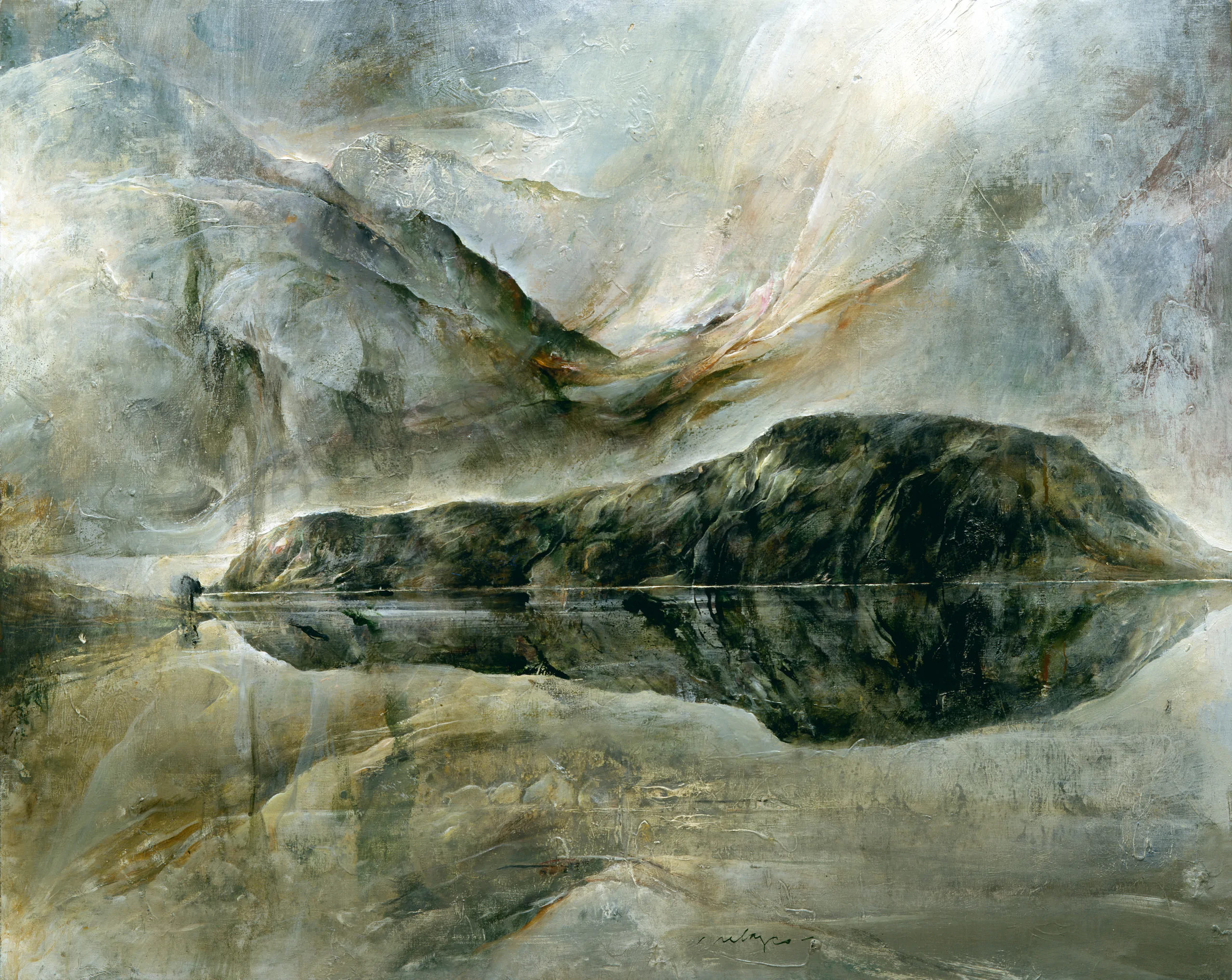2025
In April, the Giancarlo Vitali Museum opens in Bellano, dedicated to his father, a painter and engraver born in 1929. The project to renovate the spaces and set up the exhibition layout is curated by Vitali Studio.
For the eighth edition of Arteparco, he creates Stasis, an aluminium sculpture depicting a wolf, placed on an oak trunk immersed in the Abruzzo, Lazio and Molise National Park. A dialogue between art and nature that is an invitation to respect the landscape and the sacrality of the forest.
In August, he creates Vela I and II, two large canvases for the Sala del Lucernario in the Palazzina del Fuga at the Quirinale in Rome; mirroring each other, the sails capture two opposite moments of the day: a gloomy sunset and a frosty dawn, in a subtle echo between water and air.
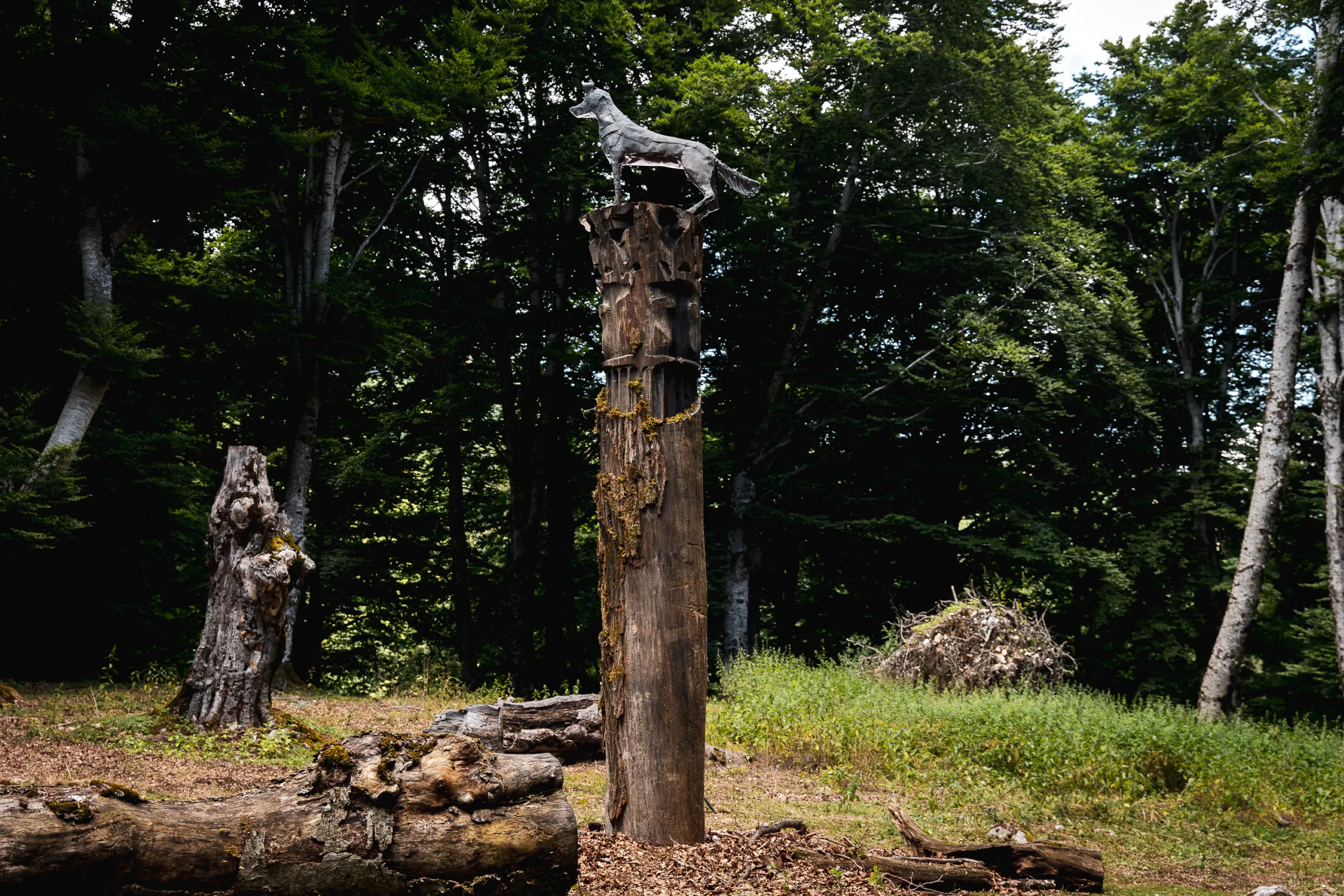
2024
At the Antonia Jannone gallery in Milan, Terra Rossa, a new series of abstract-geometric paintings inspired by Kazimir Malevič's Red Square, was presented. The exhibition was introduced by Stefano Bucci and accompanied by an edition featuring texts by Matteo Codignola.
From the summer, the monumental sculpture Sabir becomes part of the permanent collection of the Arte Sella sculpture park in Trentino-Alto Adige.
La Corte di Danimarca, an installation of seven canvases inspired by Shakespeare's Hamlet, becomes part of the permanent exhibition in the Throne Room of the Royal Villa of Monza. The work combines theatre and history, evoking the link between the drama and the historical events that marked the royal family.
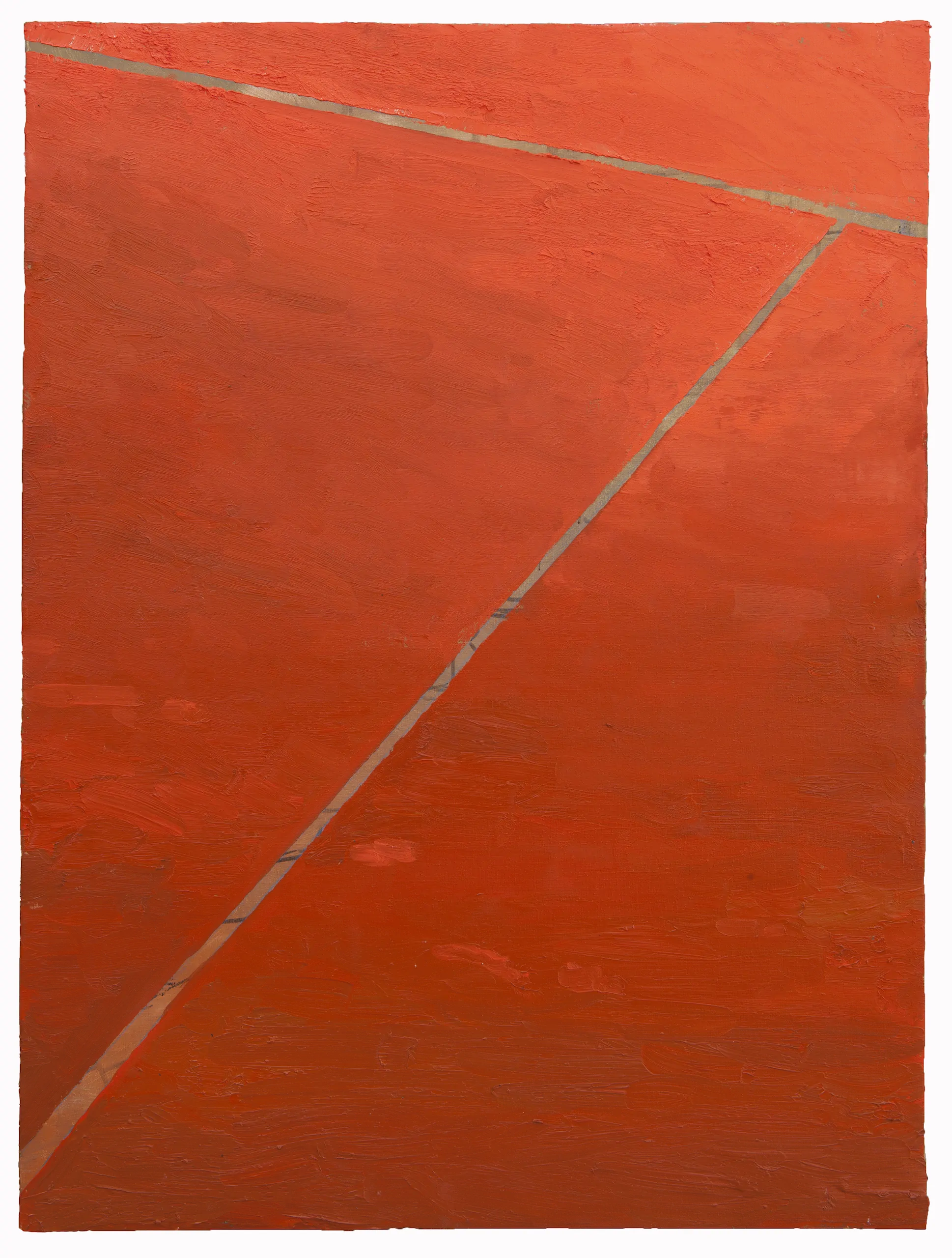
2023
The coordinated image for the Taobuk festival in Taormina was designed, which included the solo exhibition Le Grand Bleu, curated by Luca Beatrice. The same critic invited participation in several other exhibitions, including Branco at the archaeological site of Turin and at Palazzo Chiablese, also in Turin. In 2023, they collaborated on the curation of a large exhibition focused on portraiture in Italian painting.
Subsequently, at the invitation of Vincenzo Trione, collaborated with a group of students from the Master's Degree in Art at IULM University on a shared curatorial project, leading to a large solo exhibition titled Listen Better.
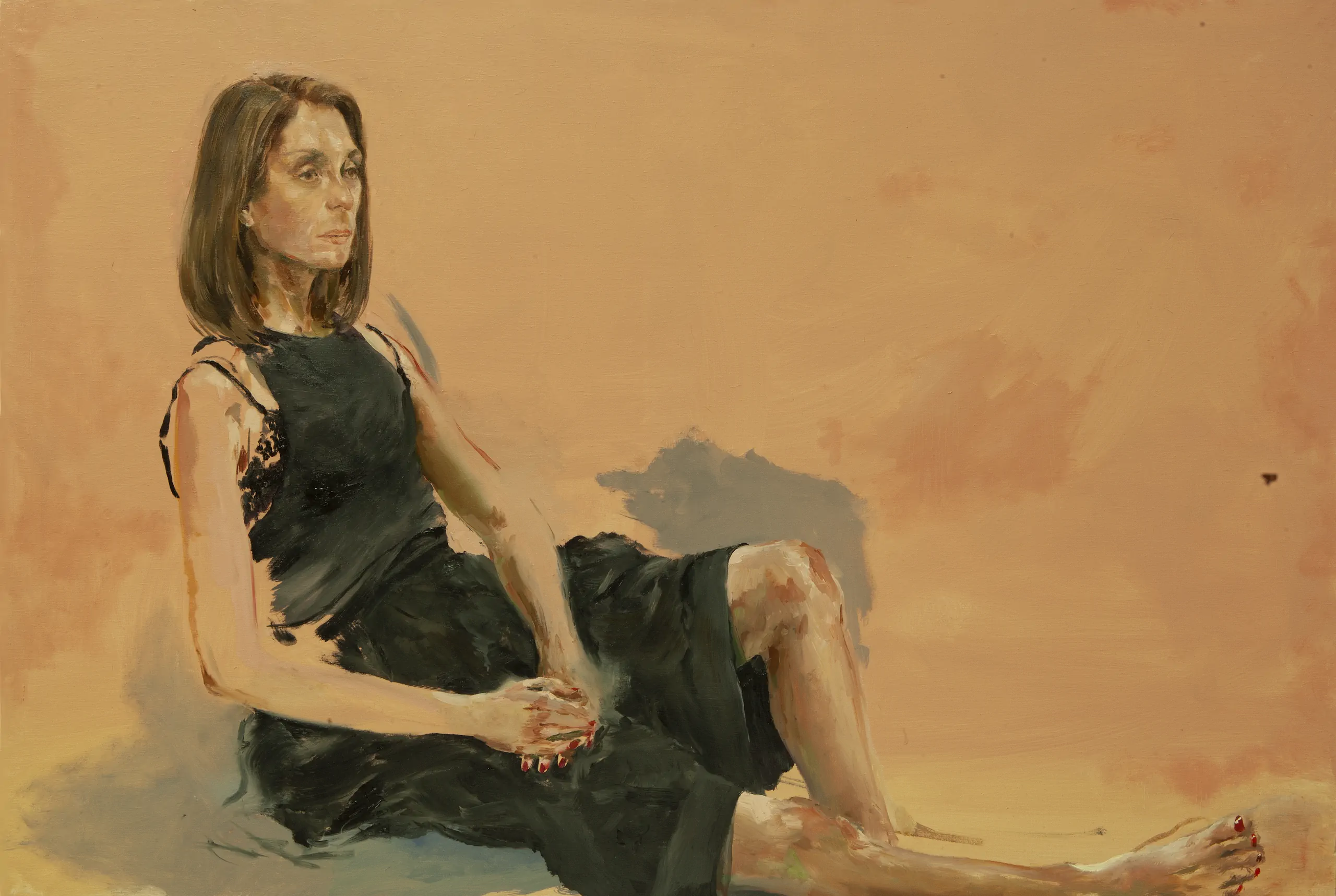
2021
During the pandemic period, between 2020 and 2021, Goldwatch project was born, consisting of a series of 48 paintings and 24 drawings centered on the themes of closure and immobility. This project was exhibited in a double exhibition at the Assab One gallery in Milan and at the Circolo space in Bellano. It won the Michetti Prize in 2022.
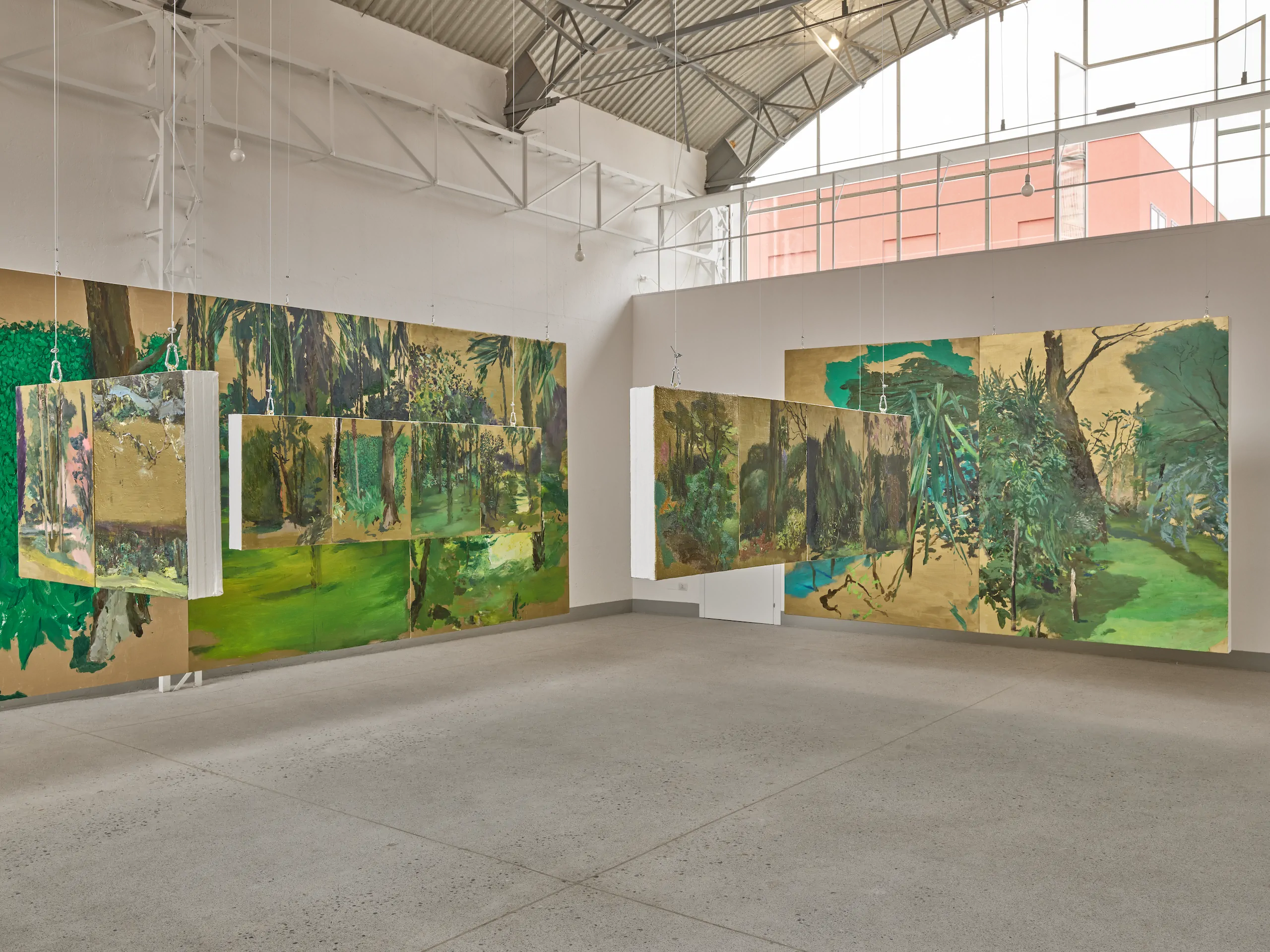
2020
After exhibiting the installation Branco in the Royal Court of the Reggia di Venaria in Turin in 2020, in collaboration with the Mart in Rovereto, the monument to the Resistance was designed for the museum's sculpture park. In the following years, Branco gained attention thanks to the support of the Giovanni Falcone Foundation of Palermo: the work was exhibited in the bunker courtroom of the Ucciardone prison in Palermo, then at the Police Headquarters, the Royal Palace, the Faculty of Law, and finally at the Church of San Domenico, where Judge Giovanni Falcone rests.
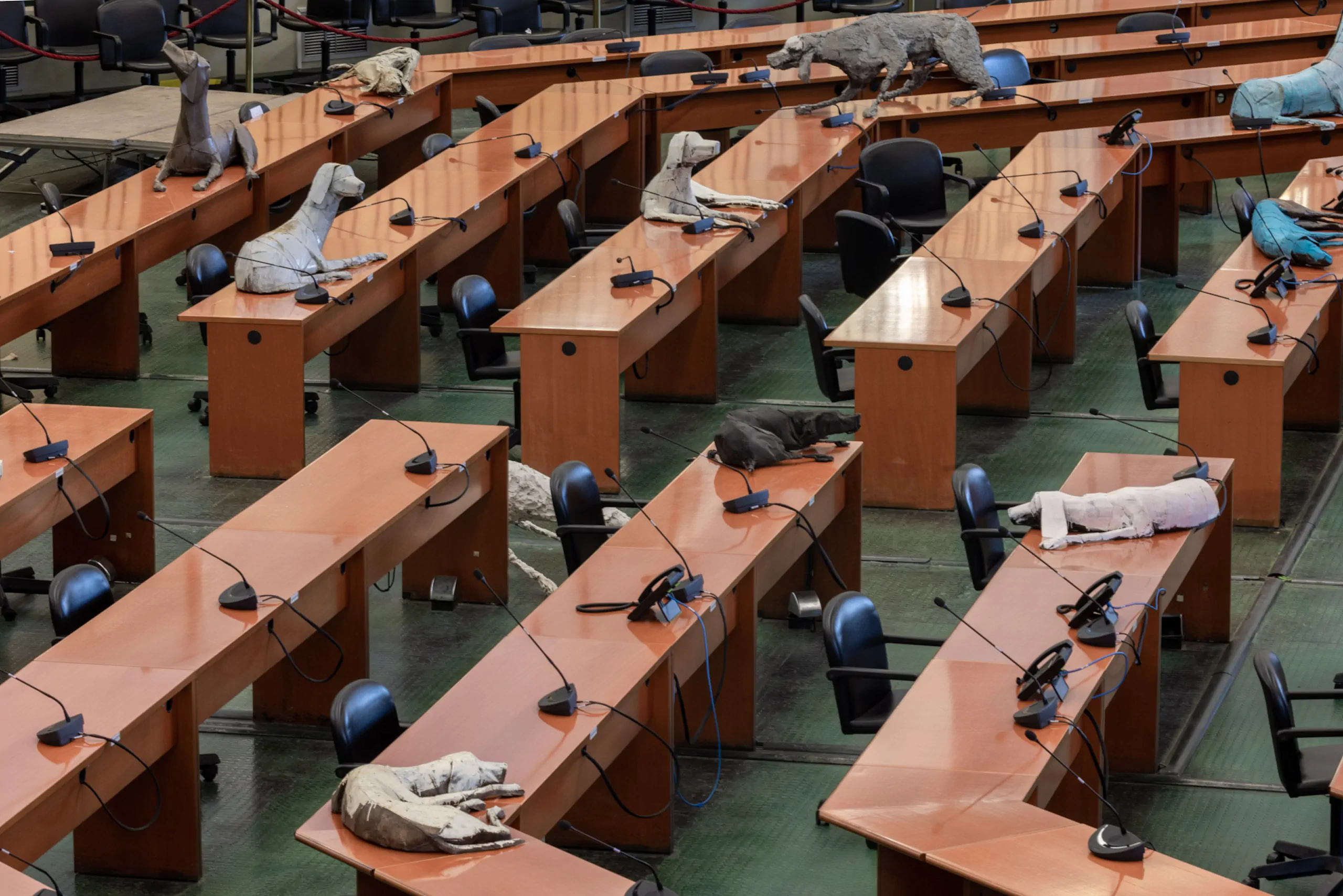
2019
It took an entire year to paint Veduta, a tribute to Leonardo's perspective focused on the Lombard Prealps. This work was presented in an exhibition curated by Danilo Eccher at the M77 Gallery in Milan.
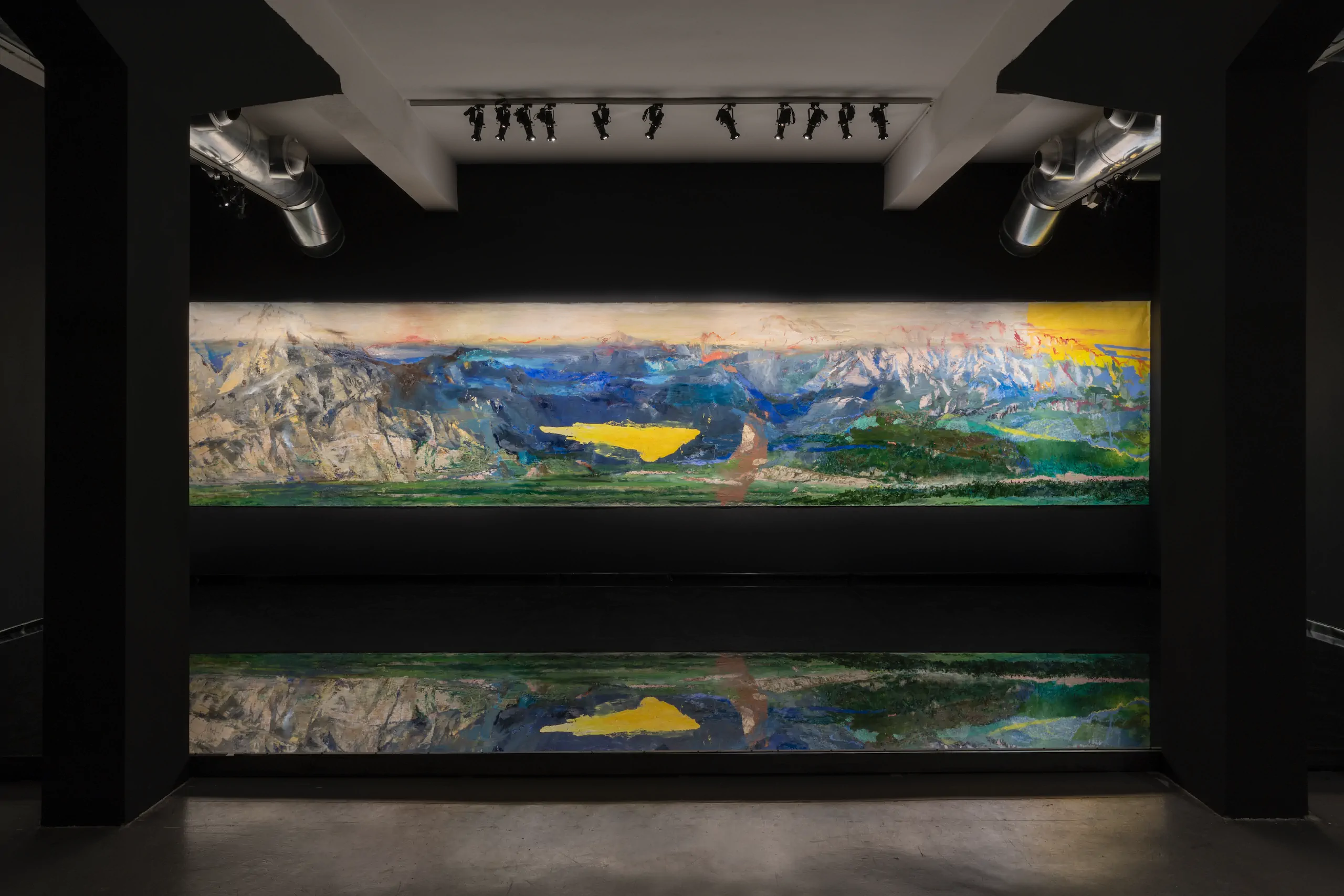
2017
In collaboration with Peter Greenaway, the Time Out exhibition, dedicated to Giancarlo Vitali, is curated and designed, hosted at Palazzo Reale, Castello Sforzesco, Museo di Storia Naturale, and Casa del Manzoni. The archiving and organization of the entire figurative corpus of Giancarlo Vitali are also addressed, culminating in the creation of a personal museum dedicated to him in Bellano.
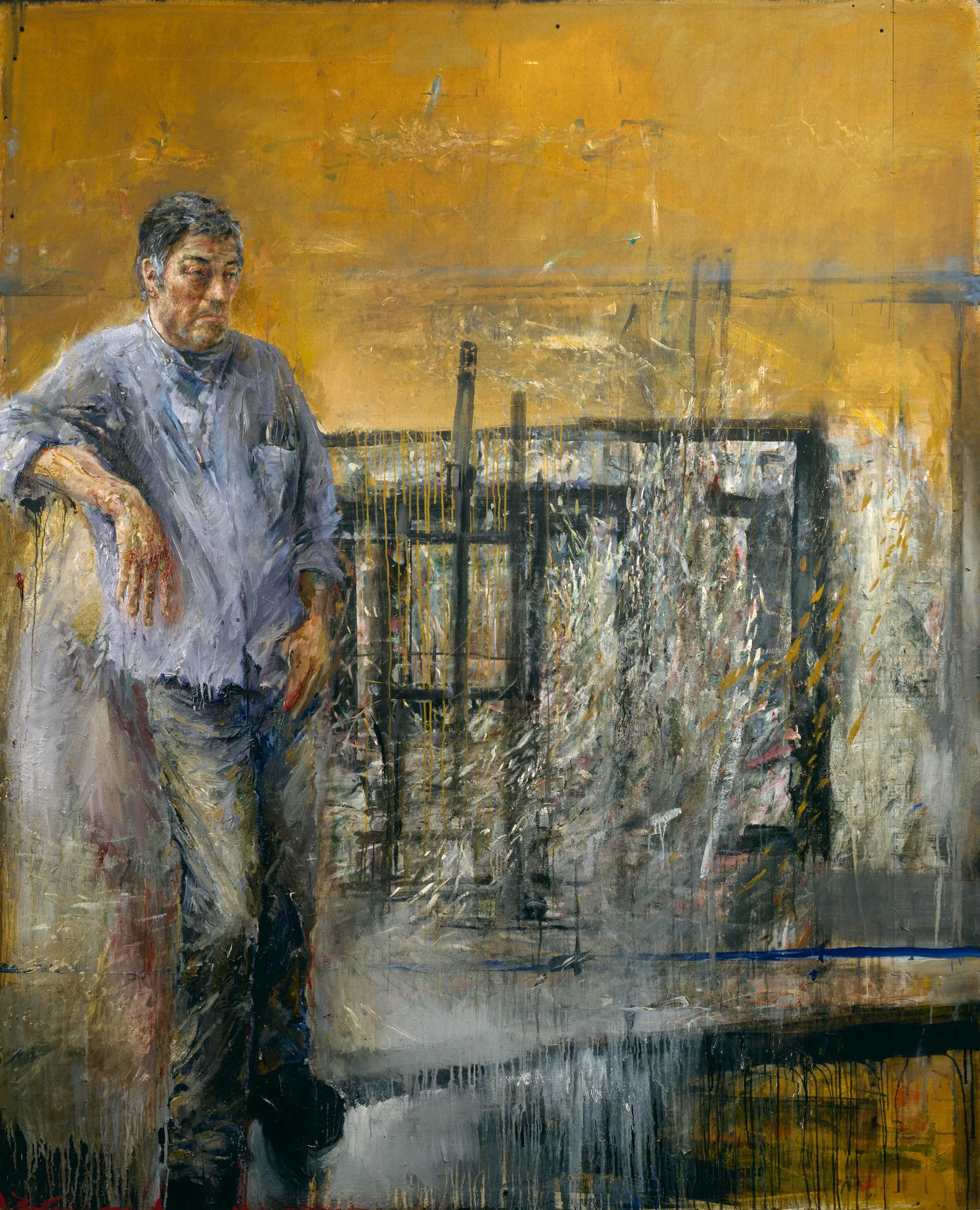
2015
He is invited to Berlinale, where he receives the FIPRESCI prize as producer and protagonist of the documentary Il Gesto delle Mani, directed by Francesco Clerici, which portrayed him during the execution of a bronze sculpture. In June of the same year, at the invitation of Emilio Mazzoli, a return was made to exhibit with the show FUGA, curated by Mark Gisbourne and Giacinto Di Pietrantonio, at the Galleria Mazzoli in Modena.
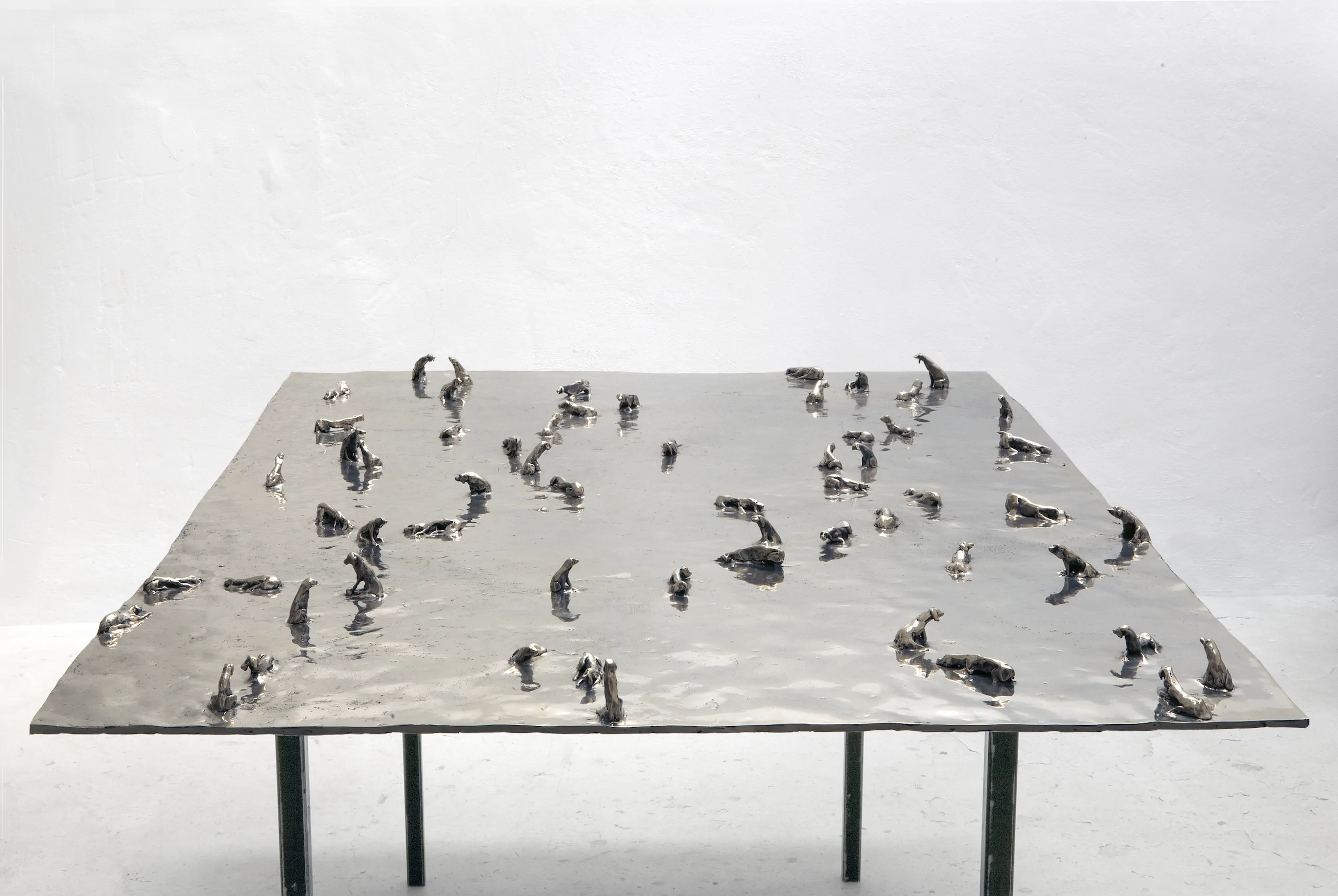
2014
Exhibits the sculpture Traditio Symboli in the Milan Cathedral and participates in the IV Gherdeina Sculpture Biennale in Ortisei, Val Gardena, invited by Luca Beatrice.
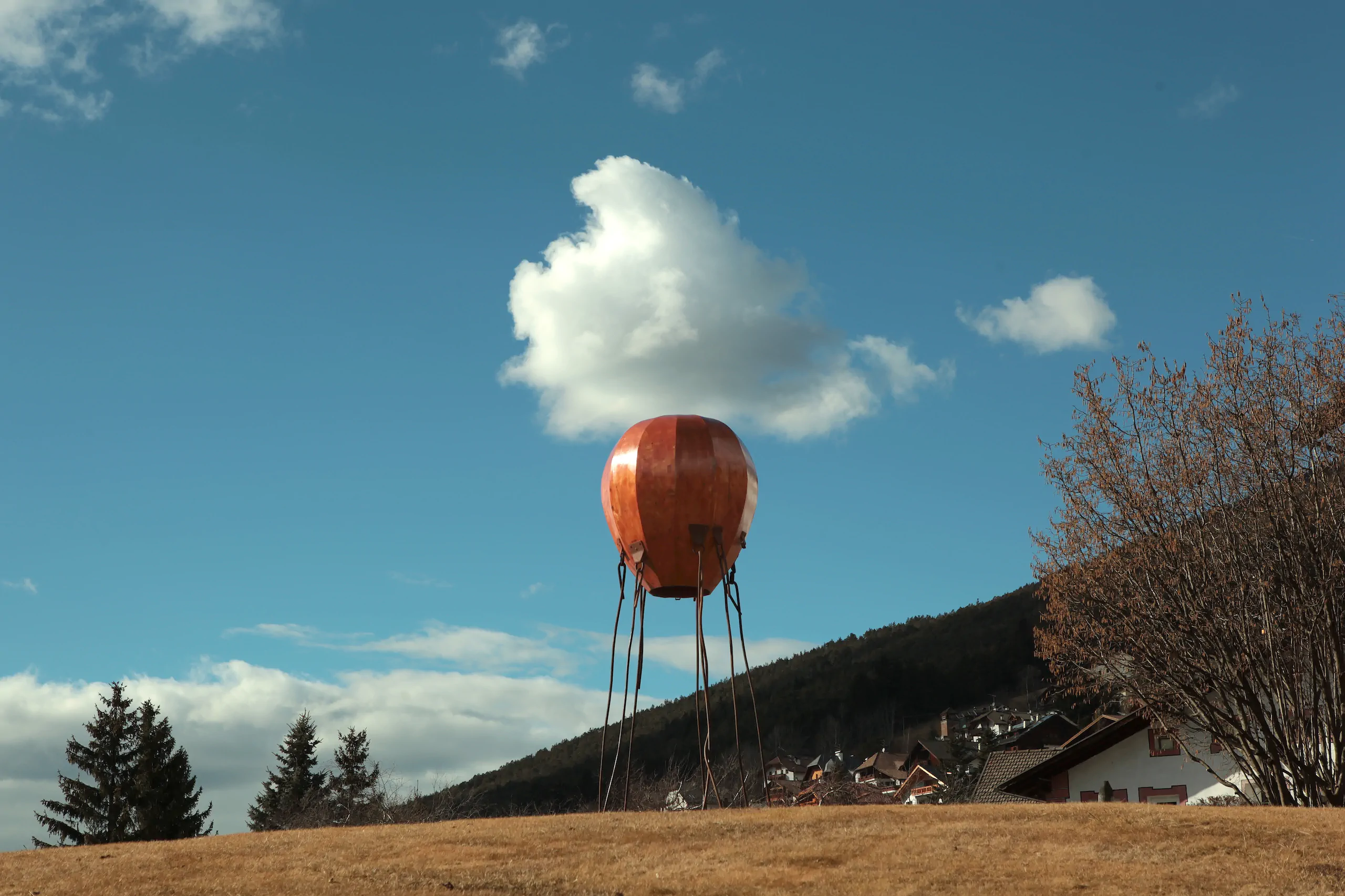
2013
Three new monumental sculpture projects are proposed: Aria, exhibited at the LKFF Gallery in Brussels; Branco, curated by Flavio Arensi at the Vittoriale degli Italiani (with a permanent installation at the D'Annunzio Mausoleum); and Medi Terraneo, exhibited at the Ruffo Castle in Scilla.
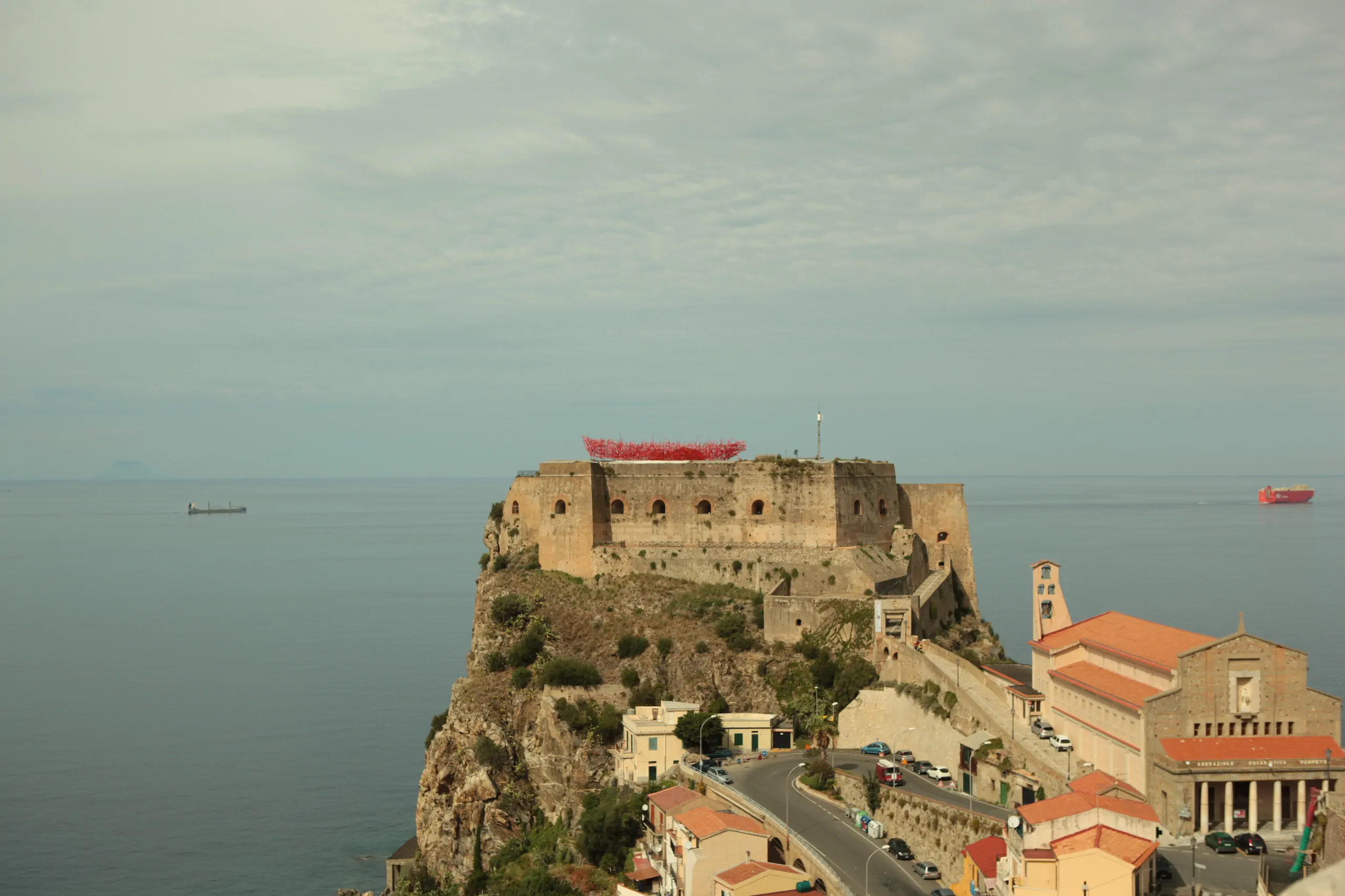
2011
Invited to the Italian Pavilion at the Venice Biennale, Veidrodis, an installation composed of four sculptures on the theme of ghost cities, is exhibited. This theme is further explored in the double exhibitions at the Triennale di Milano (2012-2013) and at Isola Madre in Stresa and Verbania, in the Foresta Rossa exhibition, curated by Luca Molinari and Francesco Clerici.
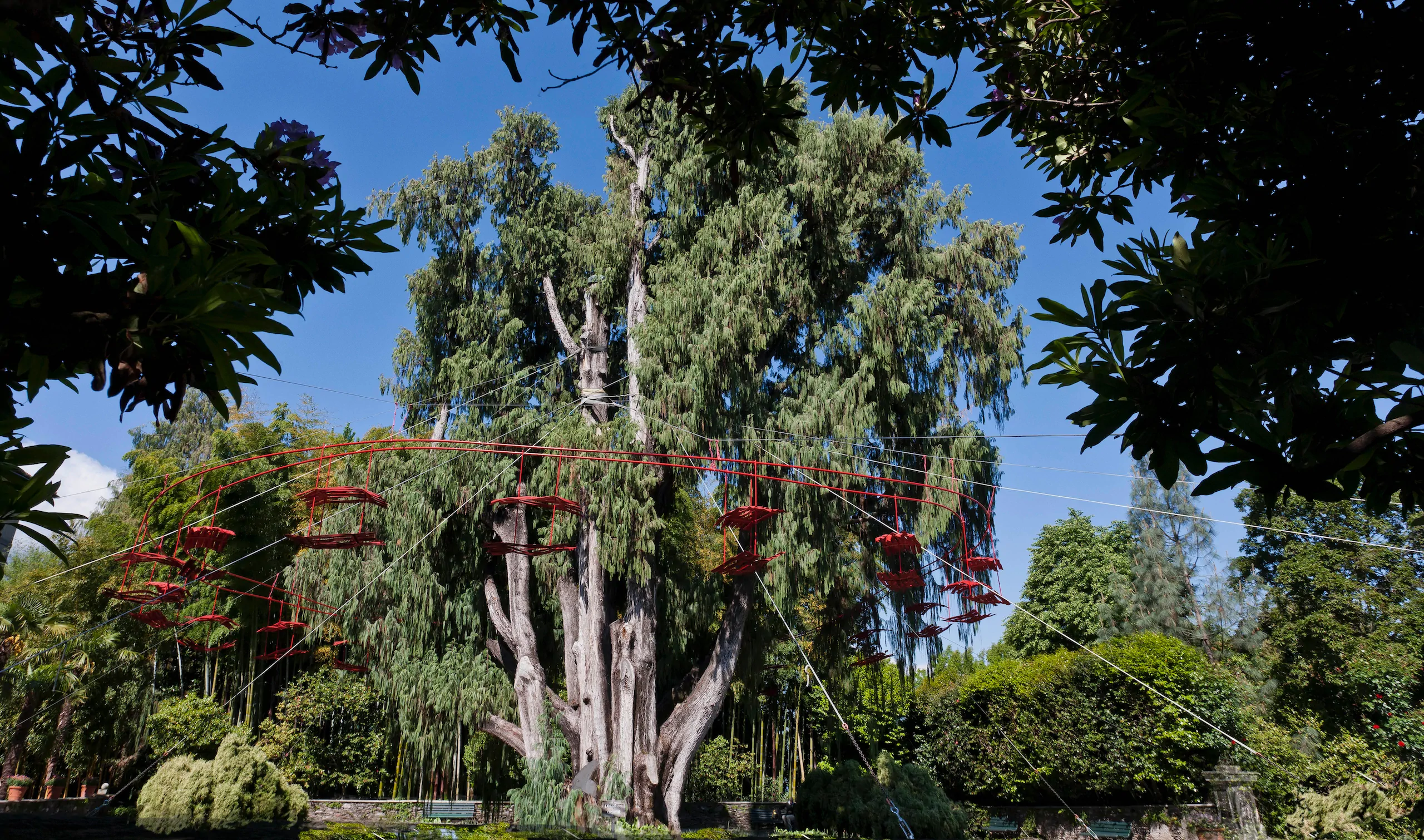
2010
Curated by Fernando Mazzocca and Francesco Poli, a series of works is set up in Pietrasanta, in Piazza Duomo and in the Sant'Agostino complex. In Milan, the Sbarco project is exhibited at Palazzo Reale and in the central station square.
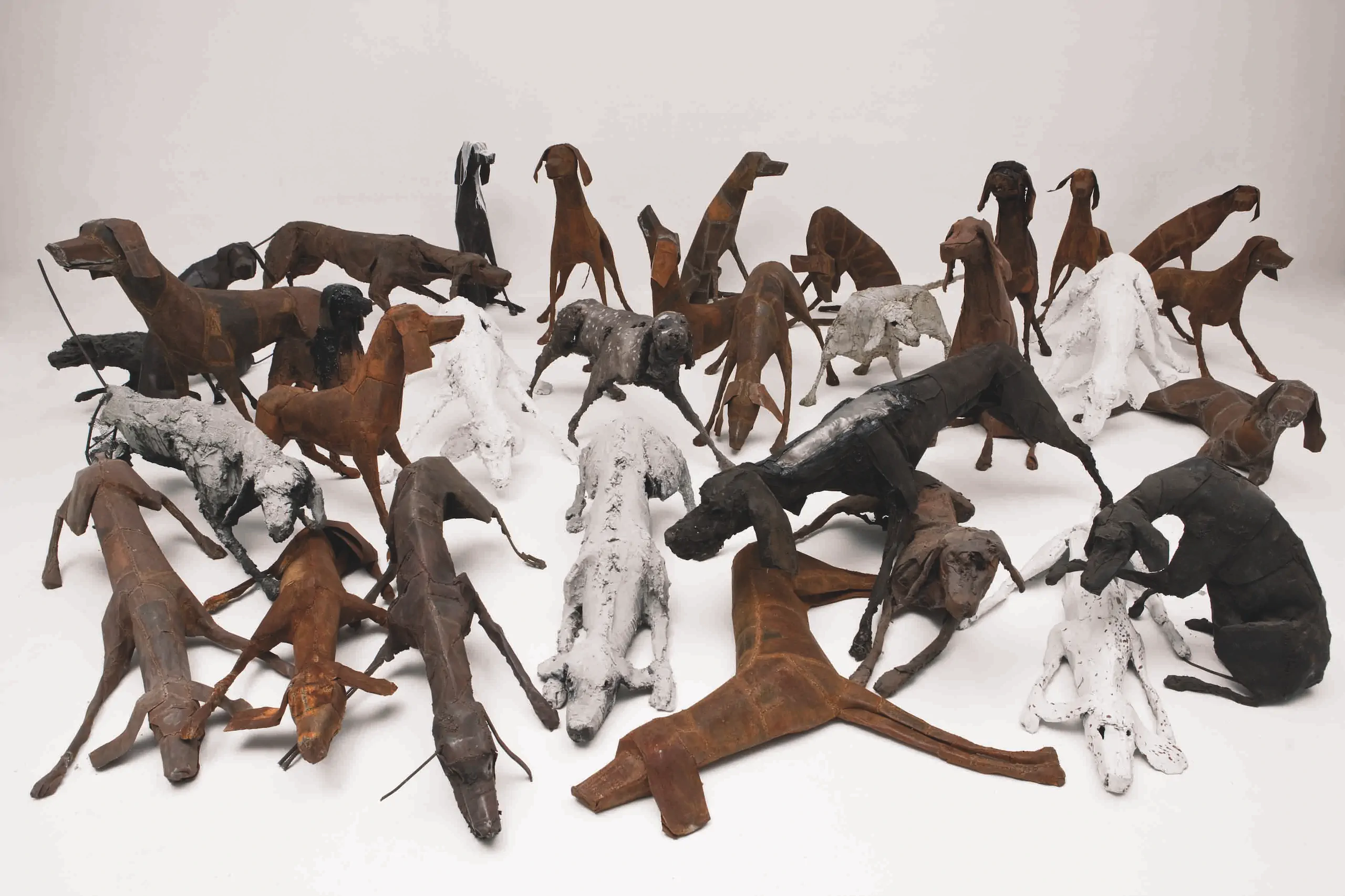
2005
Sculptures from the new series Branco were acquired by the MACRO collection in Rome, under the curatorship of Danilo Eccher. This led to further collaborations with Eccher on the projects Immagini, forme e natura delle Alpi (2007) and LATO4 (2008) in Milan.
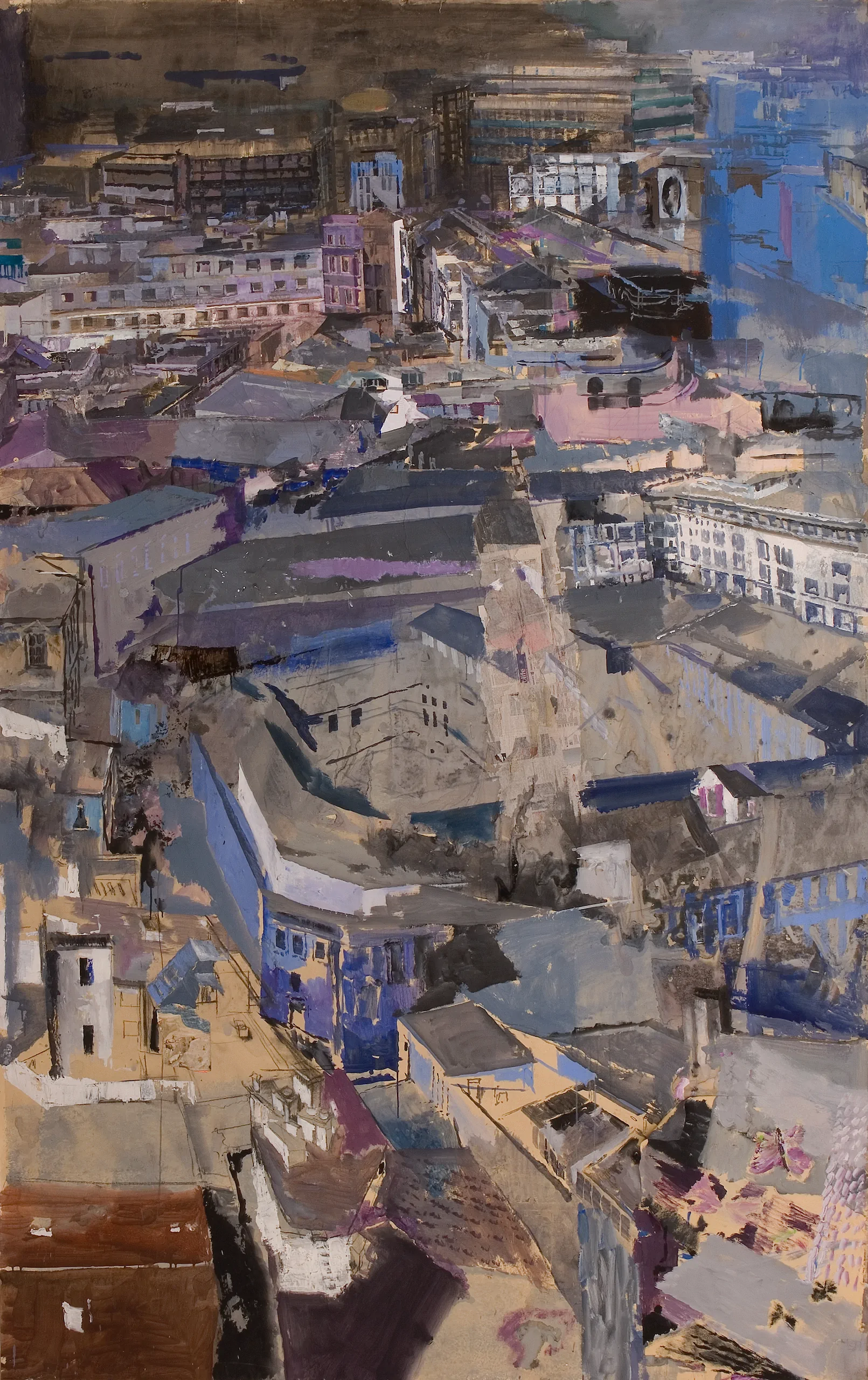
2004
Electa published Velasco 20, a monograph detailing the first twenty years of the career, featuring contributions from Giulio Giorello and other critics. This volume was complemented by Extramoenia (2004-2005), another monograph that accompanied exhibitions in Palermo at Palazzo Belmonte Riso and in Milan at Palazzo della Ragione, organized with the support of the Region of Sicily.
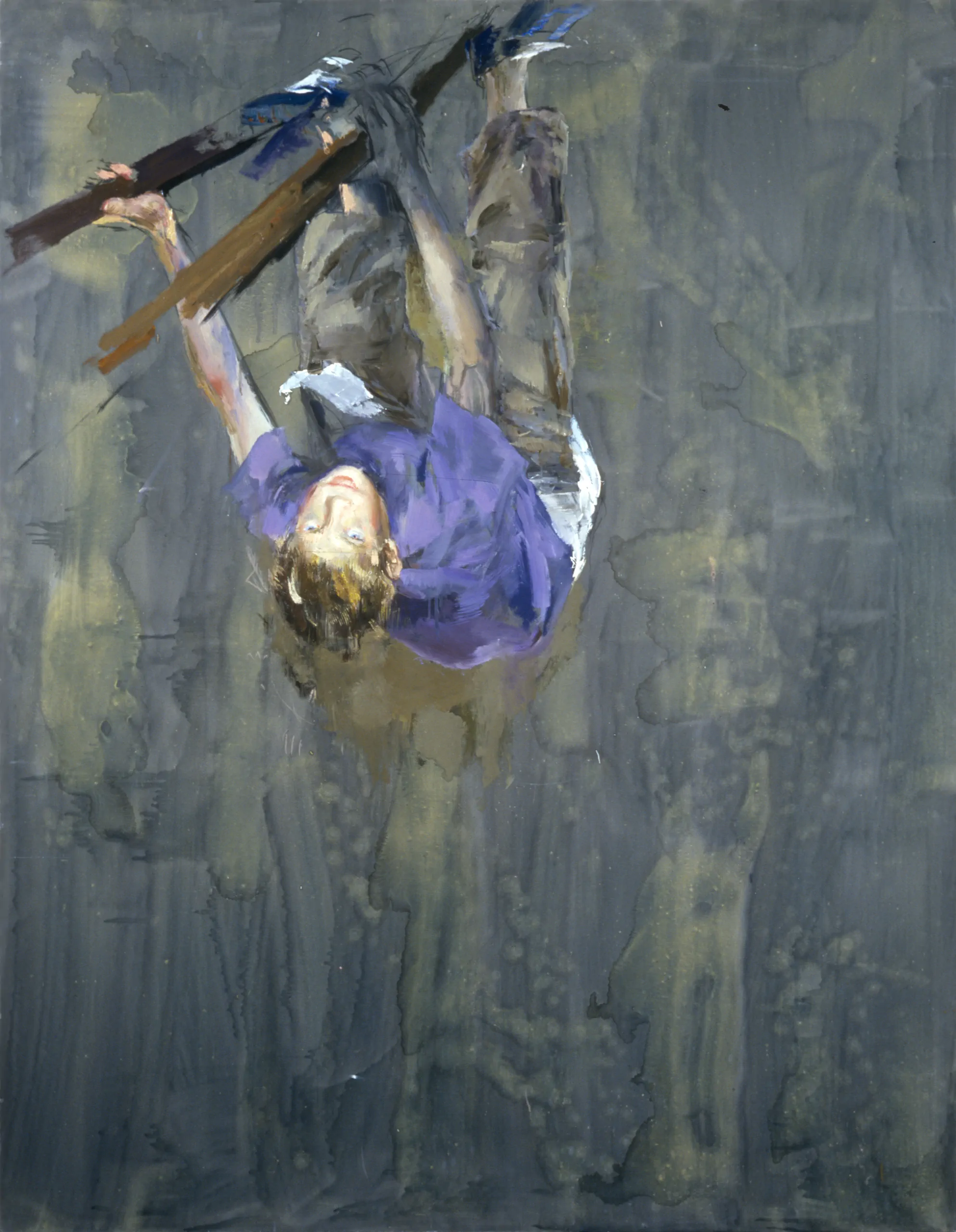
2000
At the end of the 1990s, an invitation was extended to participate in the Quadriennale in Rome. During this time, focus was shifted towards the ports of the Mediterranean and Southern Italy. This exploration resulted in the creation of works like Isolitudine (2000), which was introduced by Ferdinando Scianna, and MIXtura (2003), accompanied by reflections from Franco Battiato.
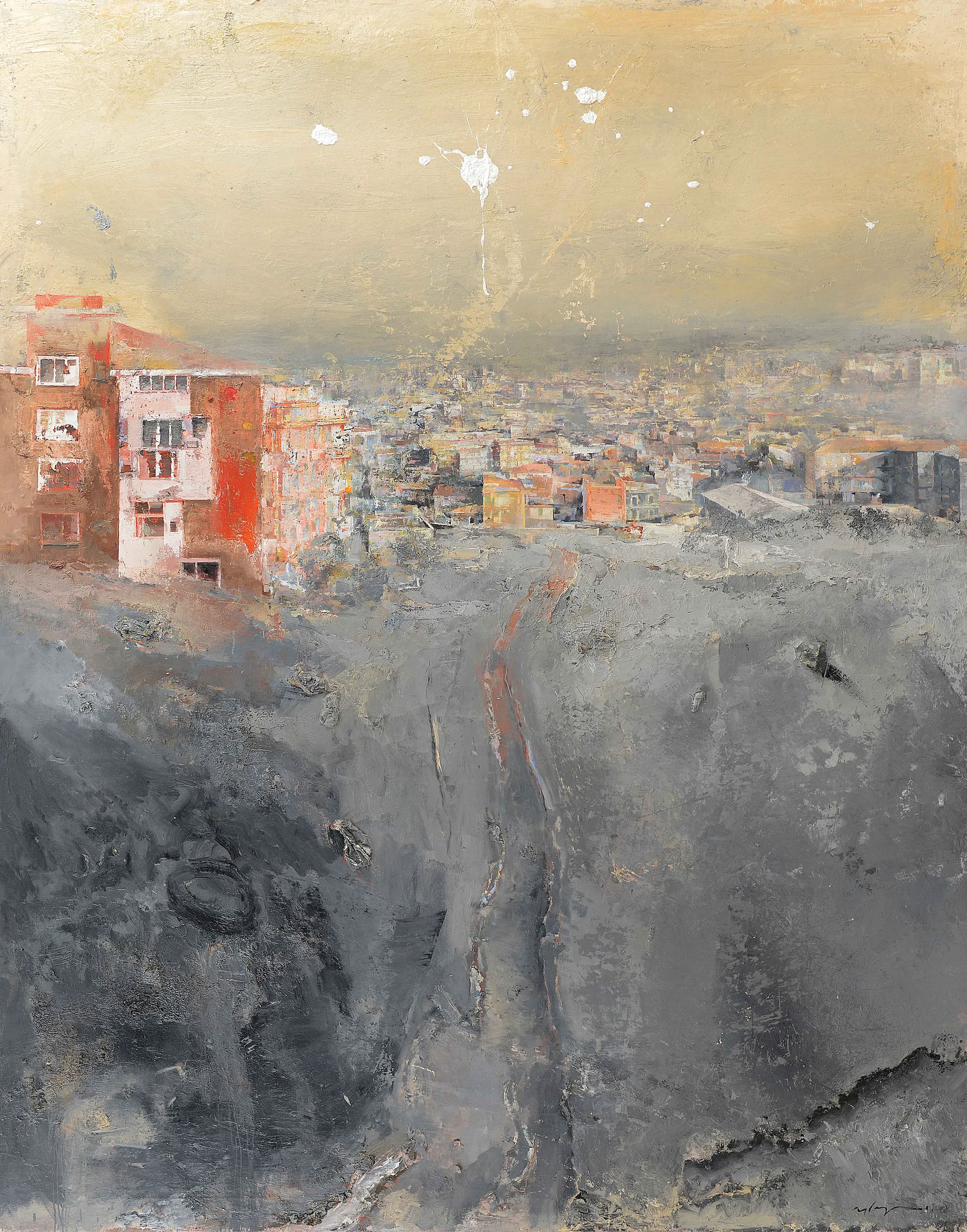
1990
Following this period, the attention is turned to the tragedy of the flooding that devastated parts of Northern Italy in 1987, particularly in Valtellina, a region he frequently visited. This experience inspired an extensive reportage, combining drawing and painting, which merged in the significant project titled Paesaggio Cancellato. This work was showcased in 1990 at an exhibition curated by Roberto Tassi.
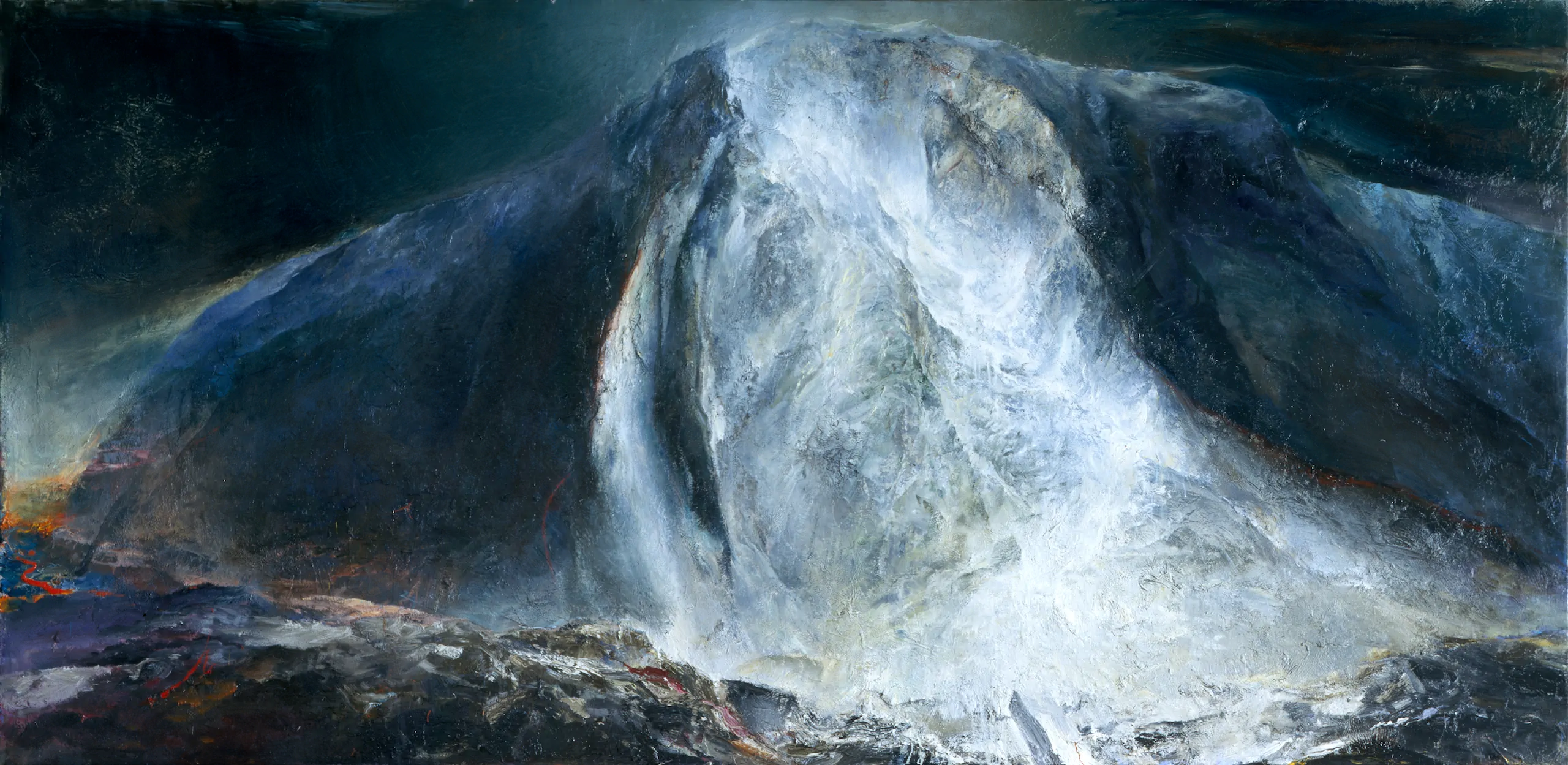
1985
The journey began with a lengthy apprenticeship at his father Giancarlo Vitali's studio in Bellano, Lake Como. In these formative years, drawing and engraving were central to the practice. This changed when meeting writer and critic Giovanni Testori, who invited him to the exhibition Artists and Writers at the Rotonda della Besana in Milan. This encounter marked a pivotal moment, leading to the first solo painting exhibition titled SS36.
